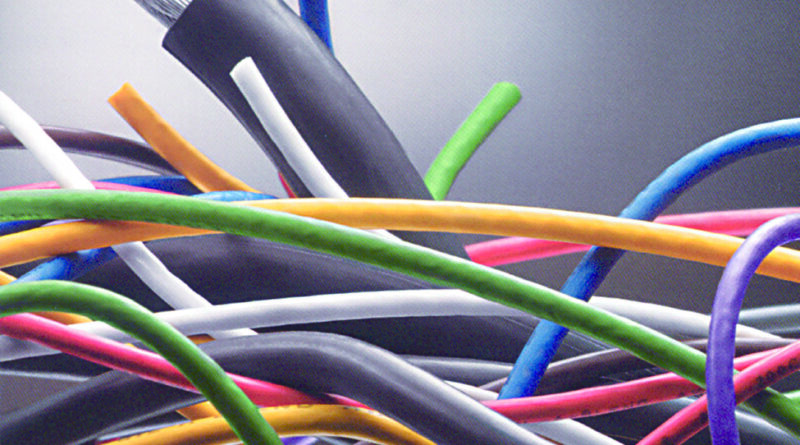Electrical insulation coating market forecast at $3.64 billion by 2027
Pune, India – The global Electrical Insulation Coating market is forecasted to grow at a rate of 3.0% from USD 2.66 billion in 2019 to USD 3.64 billion in 2027 according to Reports and Data. Electrical insulation coatings are used in providing insulation to several lamination stacks such as in transformers, relays, motors, and switches, among others. This category of coatings is used both in low and high voltage applications.
High electricity consumption mainly in the emerging economies that have led to the expansion of power generation projects, which will trigger product demand and thus result in driving the overall electrical insulation coatings market size by 2027.
Increasing demand for energy conversion and electronics sustainability is another factor influencing the market growth. A significant share of the order is expected to be emerging from developed nations. For instance, the installed capacity of large-sized transformers in the U.S. is quite high. However, these transformers are aging and hence are necessary to replace the existing infrastructure with new connections, which will drive product demand, thereby raising electrical insulation coatings market size by 2027.
Stringent government regulations and unstable, volatile raw materials are few factors likely to restrict the electrical insulation coatings market growth in the forthcoming years.
The Product is applied to the metallic substrate to have a strong bond strength; nevertheless, it can also be used in the composite substrate, although manufacturers are focused on the advanced coating with a high gloss, bond strength as well as UV resistance.
On the basis of product type, the electrical insulation coatings market has been categorized as liquid and powder electrical insulation coatings. The liquid segment captured the largest share of the overall market size in 2019. However, liquid electrical insulation coatings are thought to lose their market share to powdered coatings in the coming years. Mainly due to the additional benefits provided by powder coatings, which include fast curing time, no need for solvents, and capability to emit zero VOC.
The electrical insulation coatings market is segmented on the basis of raw materials as epoxy, PTFE, ceramic and others. Thus epoxy is among the largest used raw material in the production of electrical insulation coatings because of its excellent properties which are dimensional stability, excellent dielectric strength, mechanical strength and a good ability to resist vibration. The PTFE is another mostly used raw material in the market. As China is the major PTFE supplier and therefore lack of government support to manufactures in the country which may result in achieving low to moderate gains in future.
New products need to be developed to sustain a higher temperature and work for a longer time. The new coatings that are to be developed must also have a suitable thermal expansion to withstand the stress associated with heating and cooling.Electrical insulation can be facilitated by materials that give electric isolation of two parts at different voltages. Electrical insulation coatings are also called as dielectric coatings. In the modern period, electrical insulation coatings are widely used for the electronics and electrical engineering industries. Still, they are in high demand in growing industries such as vehicle engineering and machinery engineering.
One of the notable producers of powder coatings and resins is China. Strict regulations regarding VOC and limited government support are few factors affecting the raw materials supply from China, which has resulted in higher production costs. However, growing product demand from consistently advancing electronics industry will help generate positive outlooks for the overall business size by 2027.

